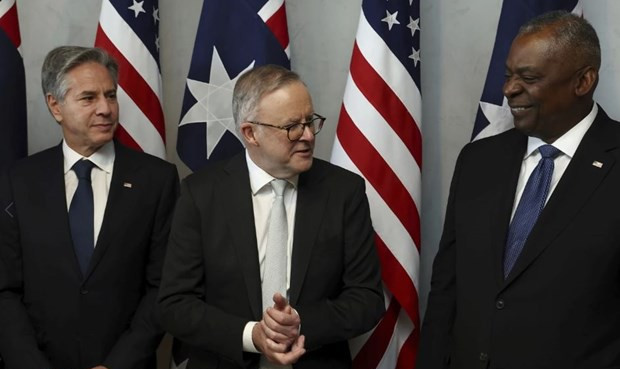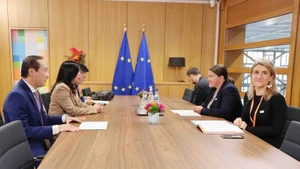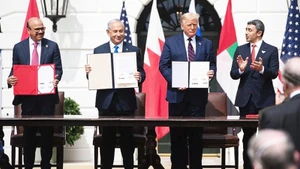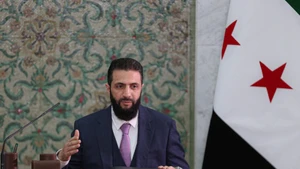With US Secretary of State Antony Blinken’s affirmation that the Alliance has never been stronger, the partnership between the two countries enhances coordination to resolve many issues, in the context of increasing geostrategy challenges.
Officials of the two countries agreed to promote the Australia-US alliance, as well as cooperation between the two sides in the Indo-Pacific region.
At the meeting between Australian and US Foreign and Defense Ministers, the two sides focused on discussing key priorities in the bilateral relationship and a series of important regional and global issues.
The two sides are committed to expanding bilateral cooperation and relations with regional partners and institutions, mainly with ASEAN and the Pacific Islands Forum, to ensure an Indo-Pacific region with openness, stability, peace, prosperity, and respect for sovereignty, human rights and international law.
Affirming further enhancement of engagement in the Indo-Pacific region in various sectors such as socio-economic development, response to climate change, security, connectivity, governance, timely and effective humanitarian assistance and disaster relief, health security and recovery initiatives, Australian and US officials have stressed the vital importance of all nations freely exercising rights following international law, including the United Nations Convention on the Law of the Sea (UNCLOS) and freedom of navigation and overflight, as well as the right to manage and develop marine resources.
The Ministers of the United States and Australia are committed to working with Southeast Asian nations and others, to promote stability and security in the region's vital international shipping lanes.
Promoting cooperation and working through multilateral organisations such as the Quartet (Australia, India, Japan and the US) and the Blue Pacific Partnership, to help strengthen economic engagement and infrastructure support in the Indo-Pacific, are also issues agreed upon by the US and Australia.
The two sides will continue to work closely to face important challenges, including responding to climate change, strengthening peace and stability in the Indo-Pacific, and countering misinformation, as well as agreeing to strengthen cooperation with Pacific island nations through the existing regional architecture. Both countries welcomed the achieved progress along with the UK, in the enhanced US-UK-Australia trilateral security partnership (AUKUS).
One of the other important goals of the US officials' Pacific tour was to accelerate efforts to further strengthen the long-standing cooperative relationship with the Pacific Island nations.
Currently, the main concerns for this agreement relate to cooperation in cyber warfare, artificial intelligence and hypersonic missile development. This meeting between US and Australian officials helped the two sides assess progress in the US agreement, to sell nuclear-powered submarines to Australia and regional security issues.
One of the other important goals of the US officials' Pacific tour was to accelerate efforts to further strengthen the long-standing cooperative relationship with the Pacific Island nations. In the context of climate change becoming a security threat, as Australia and other countries in this region record an increase in the number of deaths caused by natural disasters, with increasing severity, the shift to clean energy is quickly becoming a “pillar” of the US-Australia alliance, as well as the relations between the US and countries in the region.
Before arriving in Australia, the head of the US diplomatic service visited two other countries in the South Pacific, including Tonga and New Zealand. Meanwhile, the head of the Pentagon visited Papua New Guinea.
In Australia, ministers from both sides pledged to strengthen cooperation to tackle the climate crisis, through the implementation of the Australia-US Climate Change, Critical Minerals and Clean Energy Pact, announced by Prime Minister Anthony Albanese and President Joe Biden, in May 2023.
During this trip, Minister Blinken wished to signal those issues such as climate change and supply chain security, are also important issues to promote cooperation between the US and countries in the region.
US and Australian officials issued a joint statement affirming that, based on shared values, this is a partnership for strategic interest. Through bilateral cooperation and enhanced coordination on Indo-Pacific affairs, the close friendship between the US and Australia not only sets the stage for further developments in the bilateral relationship between the two countries but also contributes to strengthening the position and influence of each country, in the region.















